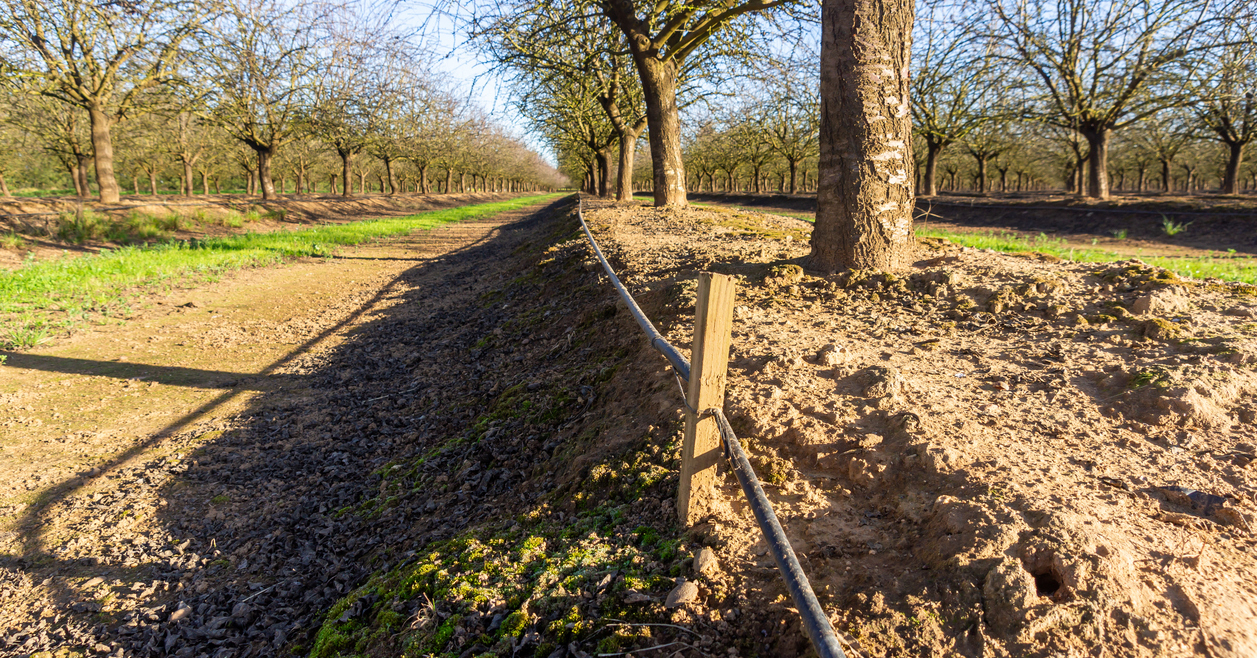Overwatering: When Your Tree’s Had One Too Many Drinks
Trees are adapted to a wide range of situations, but it can be easy to assume that what works for one species will work for another. This is especially true when it comes to watering trees and other plants that are placed very close to one another in your yard. If you’re worried that your trees are being overwatered, here’s what you need to know:
Why Overwatering Harms Plants
When you overwater a plant, you saturate its roots and crowd out the oxygen it needs to breathe. Of course, different plants have different watering needs, and while one plant may love wet soil, another may sicken in such conditions. Knowing what each species prefers is necessary.
Overwatering occurs for many reasons:
- Poorly draining or compacted soils
- Sloped sites that accumulate water at the bottom
- Placement under eaves or gutters
- Overenthusiastic gardeners
How to Determine If Your Tree Is Overwatered
If your tree is getting sick, wilting or mushrooms are growing around the base of your tree; this is generally a sign of overwatering. Other signs include leaves that are light green, yellow, or brittle.
Damage Control
The most important first step, as indicated above, is to take your cue from the tree itself. Having a set schedule for watering the trees in your yard is a bad idea, because you’ll likely be overwatering some or under-watering others. When you water trees, the soil around the tree should generally be moist rather than soggy. This is especially true of seedlings.
As a long-term solution, try to place trees with similar watering requirements in the same areas, or “hydrozones.” For instance, you might plant willows, river birch and other plants with a high tolerance in wet, streamside areas. Move trees that can’t handle moisture to dryer spots.
If you lose a tree or two on your way to landscape heaven, don’t sweat it. It’s hard to see to the needs of every species, especially when they’re different. If you’d like a second opinion or you need a dead tree removed, feel free to contact Premier Tree Solutions today through this form: https://chopmytree.com/contact-form/.







